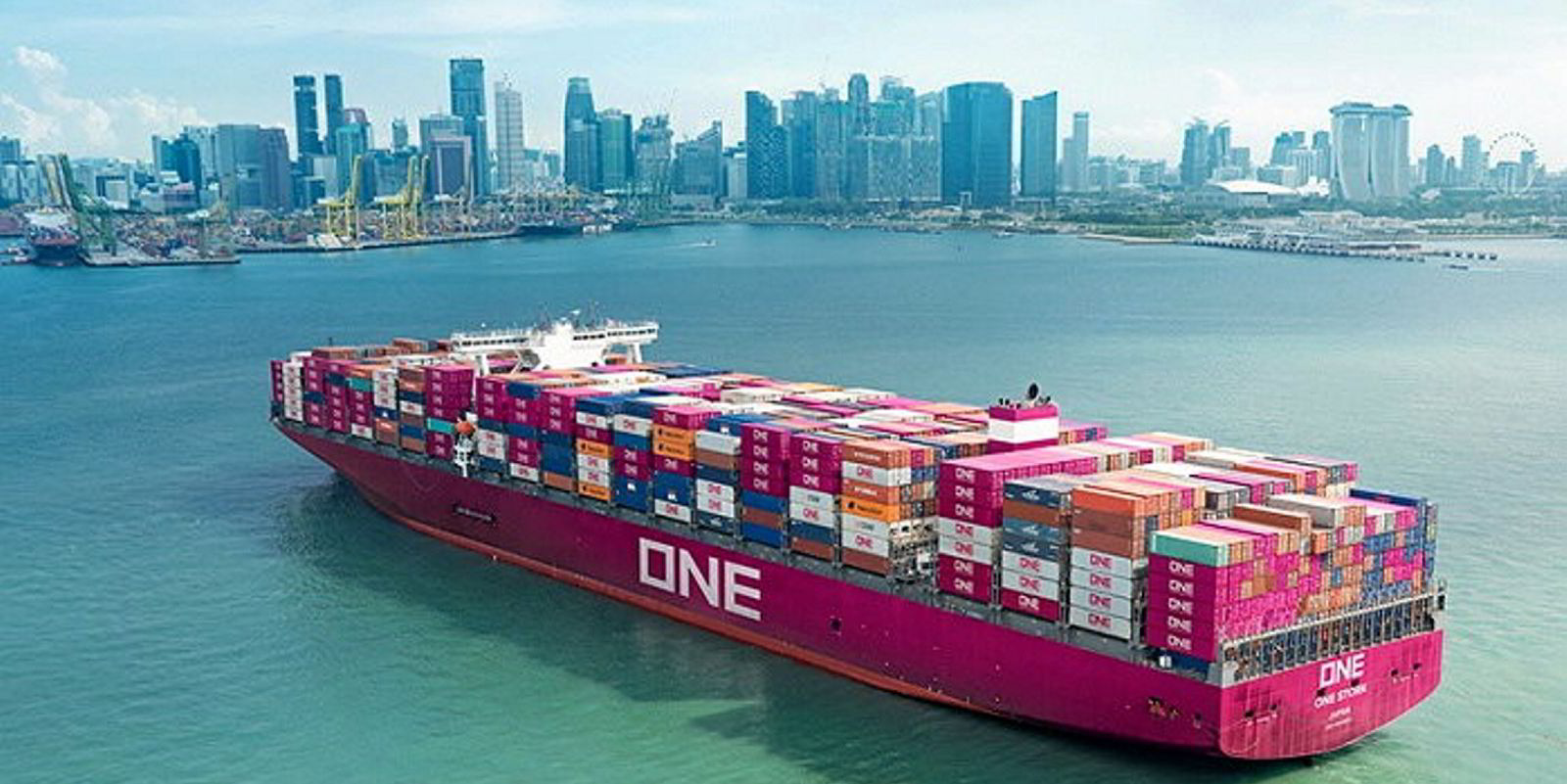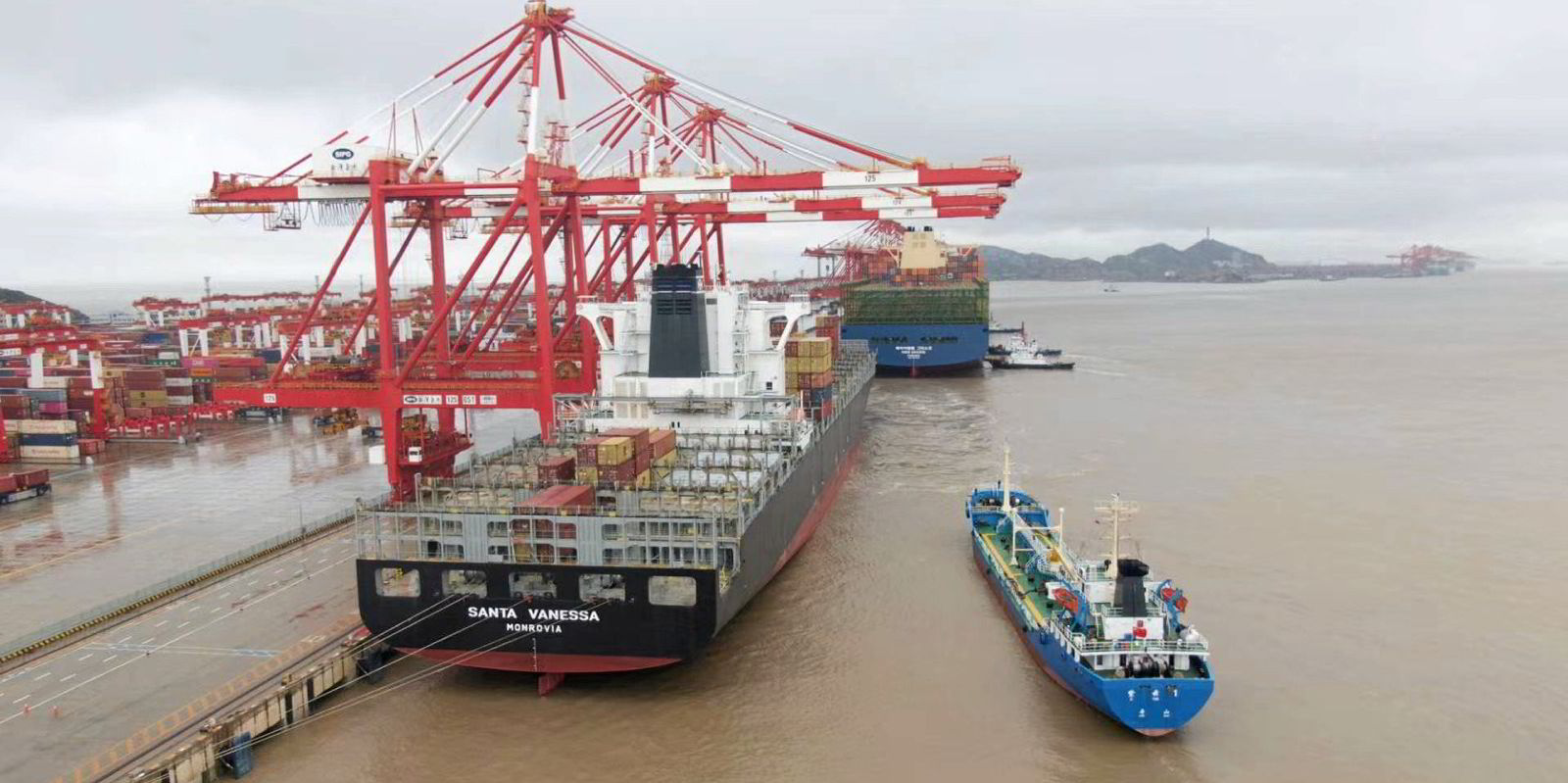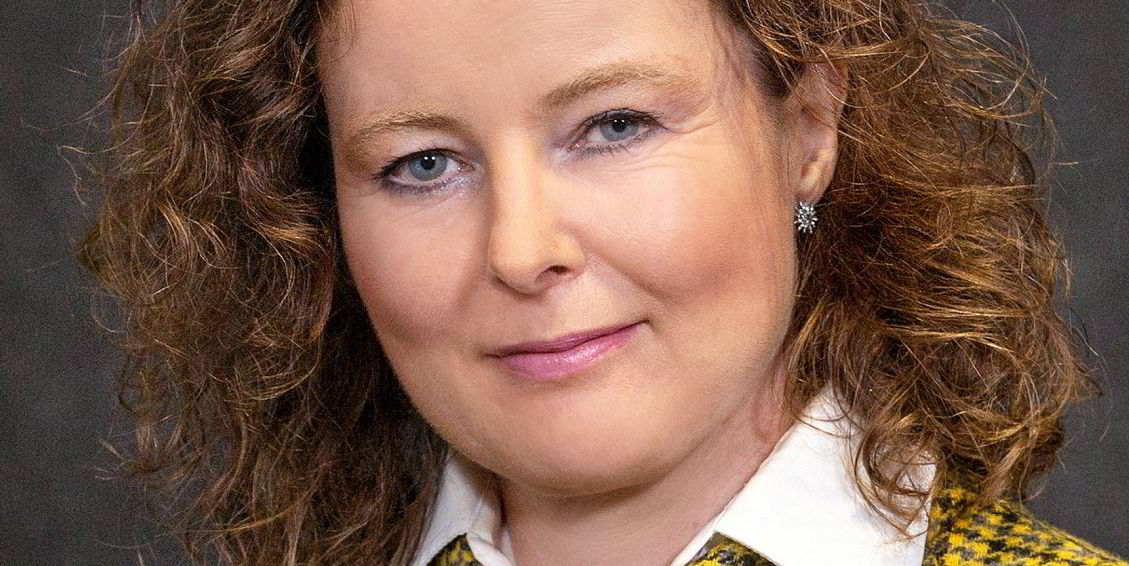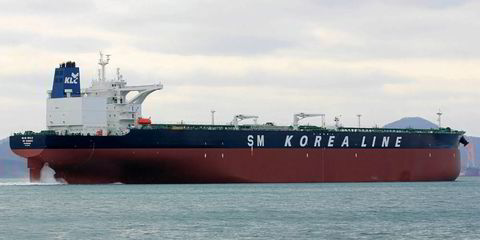TFG Marine has delivered bunkers to an Ocean Network Express (ONE) boxship using a digital bunker delivery note, in what is being hailed as a trailblazing industry first.
TFG — Trafigura’s marine fuels supply and procurement joint venture — undertook the pilot transaction in cooperation with ONE, DBS Bank and maritime digital developer Ascenz, supported by the Maritime & Port Authority of Singapore (MPA).
The transaction was part of the broader effort to digitalise financing services for Singapore’s maritime sector.
Kenneth Dam, TFG Marine’s global head of bunkering, said the transaction demonstrated how mass flow meters installed on bunker tankers could provide real-time information as a digital bunker delivery note to counterparties including customers, port authorities, financing banks and port agents.
“Singapore is already one of the busiest bunker hubs in the world and will benefit further by utilising digitalisation to increase transparency,” Dam said.
Banks currently rely on physical copies of the bunker delivery note, along with other supporting documents, to provide bunker financing to clients.
Speedier financing
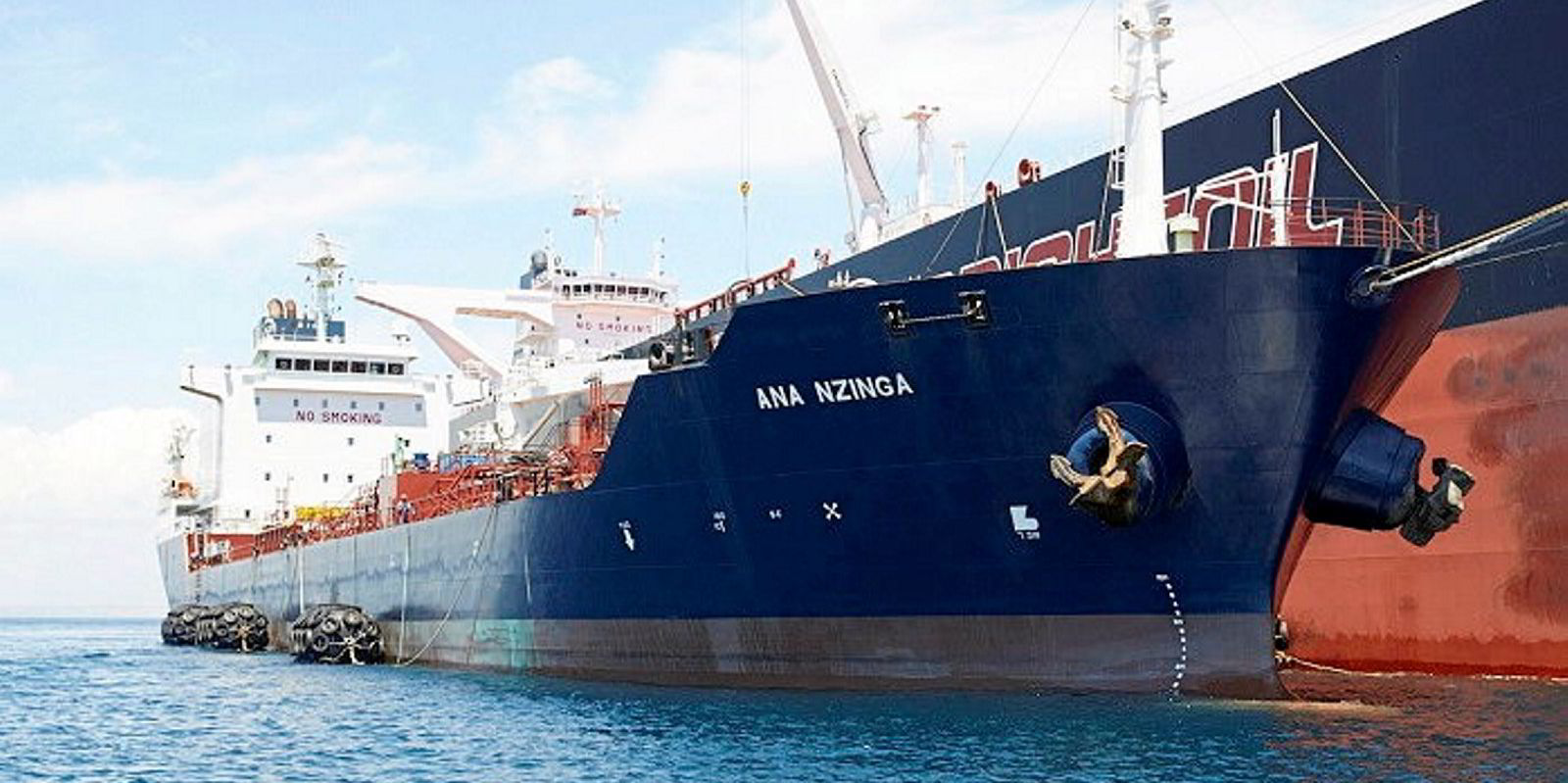
DBS Bank described the use of physical documents as cumbersome, typically taking several days to a week to complete.
Clients have to deliver the physical note back to shore for compilation with other paper documents before a trade finance application can be submitted.
A digitalised process would allow a bank’s clients to obtain financing in less than two hours.
Sriram Muthukrishnan, DBS Bank’s group head of trade product management, described the digitalisation of bunker delivery notes as “one of many pivotal steps necessary to transition Singapore’s bunkering sector into the digital era”.
“The objective is to co-create an end-to-end digital workflow that enhances efficiency and transparency for bunker trades, while building trust with banks and shipowners which are fundamental to the long-term growth and development of Singapore’s bunker ecosystem,” Muthukrishnan explained.
DBS Bank added that another “pain point” the digital bunker note mitigates against is the risk of fraud. Physical notes have a higher risk of being manipulated and used to request financing for underlying deliveries that may not be genuine or that could have already been financed by another bank.
With the digitalisation of the bunker delivery note, counterparties are able to ascertain the trade data at source, which provides greater transparency and certainty.
First step

“Trust and transparency are the keys to Singapore’s continued leadership in trade and trade finance,” Muthukrishnan said.
Singapore claims to be the world’s leading bunkering hub in terms of volume, with close to 50m tonnes of marine fuel sold in 2020.
The live pilot transaction comes on the back of a joint agreement signed between DBS and the MPA in 2020, to accelerate the digitalisation and innovation of financial services and payments across Singapore’s maritime industry.
MPA assistant chief executive Kenneth Lim said the adoption of digital documentation would help stakeholders across the value chain “move towards more efficient and transparent operations that are aided by data-driven decision making”.
“We welcome more of such private-public collaborations facilitated by our regulatory sandbox that will help Singapore remain the world’s leading bunkering port,” he added.
The next phase of the digitalisation of Singapore’s bunkering sector involves plans to integrate the use of digital bunker delivery notes with the SGTraDex platform once the digital utility is operational in 2022.
Developed by public and private-sector partners, SGTraDex is a common data infrastructure that was launched in July to facilitate trusted and secure data sharing across supply chains.
Transactional data points, such as the receiving of vessel and bunker tanker location, and the timing of delivery, are expected to enhance visibility to the underlying physical trade.
